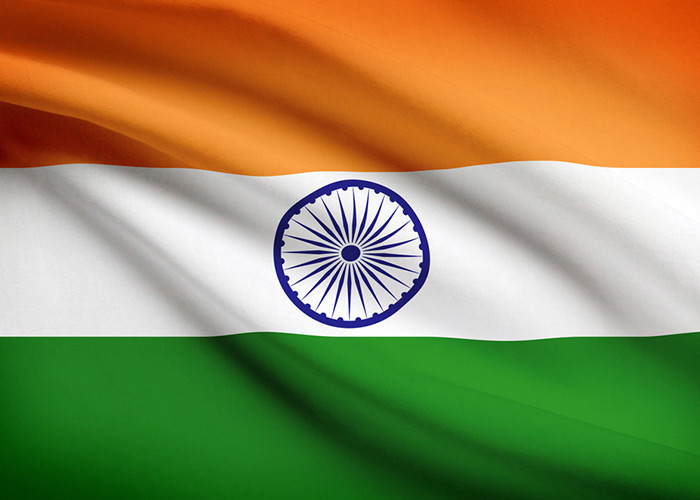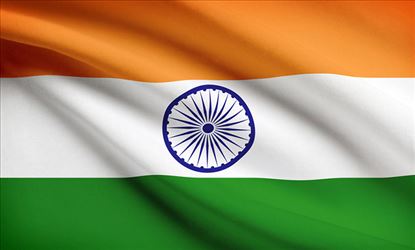Due to the flag containing three colors, the National Flag of India is sometimes called as a tricolor flag or Tiranga. The flag is designed in a khadi to clothe with the wheel in the center of the flag and three horizontal stripes of colors. The national flag was adopted on 22nd July 1947 during the revolution against the British Raj. The flag is a way of unity and leads a man to the road to Dharma despite the person hailing from a different caste, creed, and religion. Every color of the Indian flag, as well as the Ashoka Chakra, reveals some meanings which are as follows:

Saffron
The first layer or the topmost part is designed in the color of saffron which is referred as kesariya in Hindi. The significance of this color is it resembles the courage, bravery, and selflessness of the nation. It is also considered as the religious color for few of the religions like Buddhism, Jainism, Sikhism, and Hinduism.
White
The middle horizontal layer is designed using the white color which represents the honesty, purity, and peace of our nation. The Indian philosophy also suggests that white color also represents knowledge and cleanliness.
Green
The last layer or the third horizontal line is colored and designed using the green color. The green color signifies the faith, fertility, and prosperity of the nation. The philosopher of India says that green color represents life and festival and the happiness spread by it.























